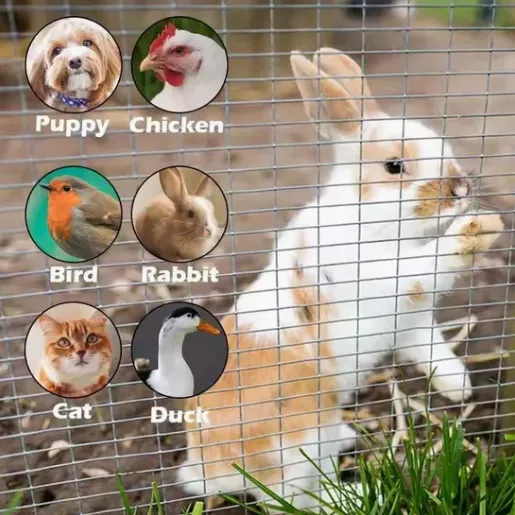-
 Afrikaans
Afrikaans -
 Albanian
Albanian -
 Amharic
Amharic -
 Arabic
Arabic -
 Armenian
Armenian -
 Azerbaijani
Azerbaijani -
 Basque
Basque -
 Belarusian
Belarusian -
 Bengali
Bengali -
 Bosnian
Bosnian -
 Bulgarian
Bulgarian -
 Catalan
Catalan -
 Cebuano
Cebuano -
 China
China -
 Corsican
Corsican -
 Croatian
Croatian -
 Czech
Czech -
 Danish
Danish -
 Dutch
Dutch -
 English
English -
 Esperanto
Esperanto -
 Estonian
Estonian -
 Finnish
Finnish -
 French
French -
 Frisian
Frisian -
 Galician
Galician -
 Georgian
Georgian -
 German
German -
 Greek
Greek -
 Gujarati
Gujarati -
 Haitian Creole
Haitian Creole -
 hausa
hausa -
 hawaiian
hawaiian -
 Hebrew
Hebrew -
 Hindi
Hindi -
 Miao
Miao -
 Hungarian
Hungarian -
 Icelandic
Icelandic -
 igbo
igbo -
 Indonesian
Indonesian -
 irish
irish -
 Italian
Italian -
 Japanese
Japanese -
 Javanese
Javanese -
 Kannada
Kannada -
 kazakh
kazakh -
 Khmer
Khmer -
 Rwandese
Rwandese -
 Korean
Korean -
 Kurdish
Kurdish -
 Kyrgyz
Kyrgyz -
 Lao
Lao -
 Latin
Latin -
 Latvian
Latvian -
 Lithuanian
Lithuanian -
 Luxembourgish
Luxembourgish -
 Macedonian
Macedonian -
 Malgashi
Malgashi -
 Malay
Malay -
 Malayalam
Malayalam -
 Maltese
Maltese -
 Maori
Maori -
 Marathi
Marathi -
 Mongolian
Mongolian -
 Myanmar
Myanmar -
 Nepali
Nepali -
 Norwegian
Norwegian -
 Norwegian
Norwegian -
 Occitan
Occitan -
 Pashto
Pashto -
 Persian
Persian -
 Polish
Polish -
 Portuguese
Portuguese -
 Punjabi
Punjabi -
 Romanian
Romanian -
 Russian
Russian -
 Samoan
Samoan -
 Scottish Gaelic
Scottish Gaelic -
 Serbian
Serbian -
 Sesotho
Sesotho -
 Shona
Shona -
 Sindhi
Sindhi -
 Sinhala
Sinhala -
 Slovak
Slovak -
 Slovenian
Slovenian -
 Somali
Somali -
 Spanish
Spanish -
 Sundanese
Sundanese -
 Swahili
Swahili -
 Swedish
Swedish -
 Tagalog
Tagalog -
 Tajik
Tajik -
 Tamil
Tamil -
 Tatar
Tatar -
 Telugu
Telugu -
 Thai
Thai -
 Turkish
Turkish -
 Turkmen
Turkmen -
 Ukrainian
Ukrainian -
 Urdu
Urdu -
 Uighur
Uighur -
 Uzbek
Uzbek -
 Vietnamese
Vietnamese -
 Welsh
Welsh -
 Bantu
Bantu -
 Yiddish
Yiddish -
 Yoruba
Yoruba -
 Zulu
Zulu
Feb . 15, 2025 11:50
Back to list
bird proof netting
Bird proof netting is an essential tool for both agricultural professionals and home gardeners who aim to protect their crops and properties from pest birds. This effective barrier method not only helps in safeguarding valuable produce but also maintains an ecosystem-friendly approach by deterring birds without causing harm. Understanding the intricacies of bird proof netting can maximize its benefits and ensure it meets specific needs.
In terms of maintenance, bird proof netting requires regular inspections to ensure its integrity. Check for any tears or wear that might have occurred due to weather or accidental damage. Regular maintenance can significantly extend the life of the netting and ensure continuous protection. It's also essential to clear any debris or leaves that may accumulate to avoid any unnecessary stress on the net structure. Aside from agricultural and gardening applications, bird proof netting is also employed in various urban settings. It is commonly used to prevent birds from nesting in building nooks, thereby reducing potential damage and the need for frequent cleaning. This application highlights the versatility of bird netting in urban pest management strategies. Critically, bird proof netting aligns well with eco-friendly practices. Unlike poisons or invasive deterrents, netting maintains birdlife abundance and health without causing harm. It reflects a commitment to preserving nature’s balance while protecting essential food resources and property. In conclusion, bird proof netting stands as a superior, humane solution for managing bird-related challenges in numerous environments. Its proper selection, installation, and maintenance offer a testament to its reliability and effectiveness. As an expert tool, it not only saves time and resources but fosters a harmonious interaction between agricultural endeavors and wildlife preservation. As awareness and availability grow, bird proof netting is poised to continue its positive impact on sustainable agriculture and urban management.


In terms of maintenance, bird proof netting requires regular inspections to ensure its integrity. Check for any tears or wear that might have occurred due to weather or accidental damage. Regular maintenance can significantly extend the life of the netting and ensure continuous protection. It's also essential to clear any debris or leaves that may accumulate to avoid any unnecessary stress on the net structure. Aside from agricultural and gardening applications, bird proof netting is also employed in various urban settings. It is commonly used to prevent birds from nesting in building nooks, thereby reducing potential damage and the need for frequent cleaning. This application highlights the versatility of bird netting in urban pest management strategies. Critically, bird proof netting aligns well with eco-friendly practices. Unlike poisons or invasive deterrents, netting maintains birdlife abundance and health without causing harm. It reflects a commitment to preserving nature’s balance while protecting essential food resources and property. In conclusion, bird proof netting stands as a superior, humane solution for managing bird-related challenges in numerous environments. Its proper selection, installation, and maintenance offer a testament to its reliability and effectiveness. As an expert tool, it not only saves time and resources but fosters a harmonious interaction between agricultural endeavors and wildlife preservation. As awareness and availability grow, bird proof netting is poised to continue its positive impact on sustainable agriculture and urban management.
Next:
Latest news
-
Shipping Plastic Bags for Every NeedNewsJul.24,2025
-
Safety Netting: Your Shield in ConstructionNewsJul.24,2025
-
Plastic Mesh Netting for Everyday UseNewsJul.24,2025
-
Nylon Netting for Every UseNewsJul.24,2025
-
Mesh Breeder Box for Fish TanksNewsJul.24,2025
-
Expanded Steel Mesh Offers Durable VersatilityNewsJul.24,2025











